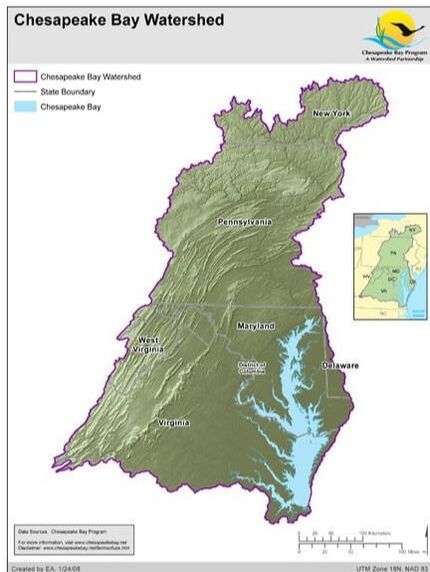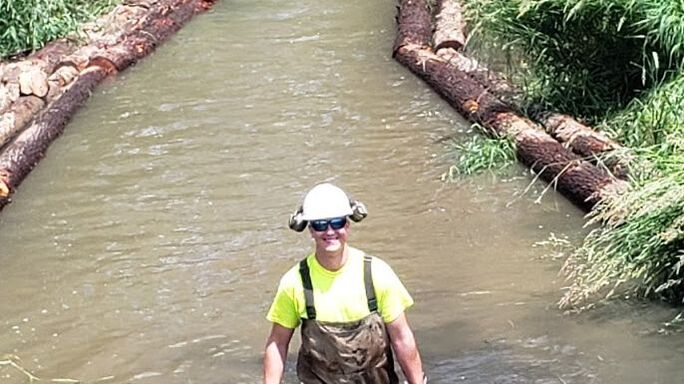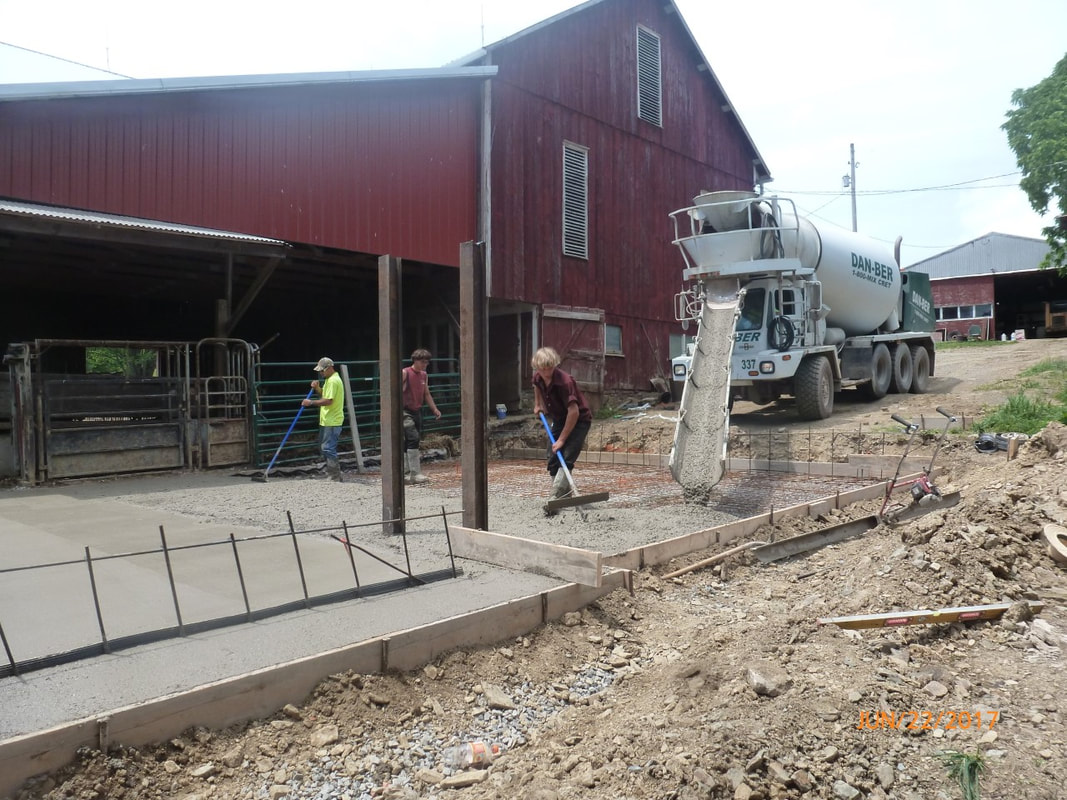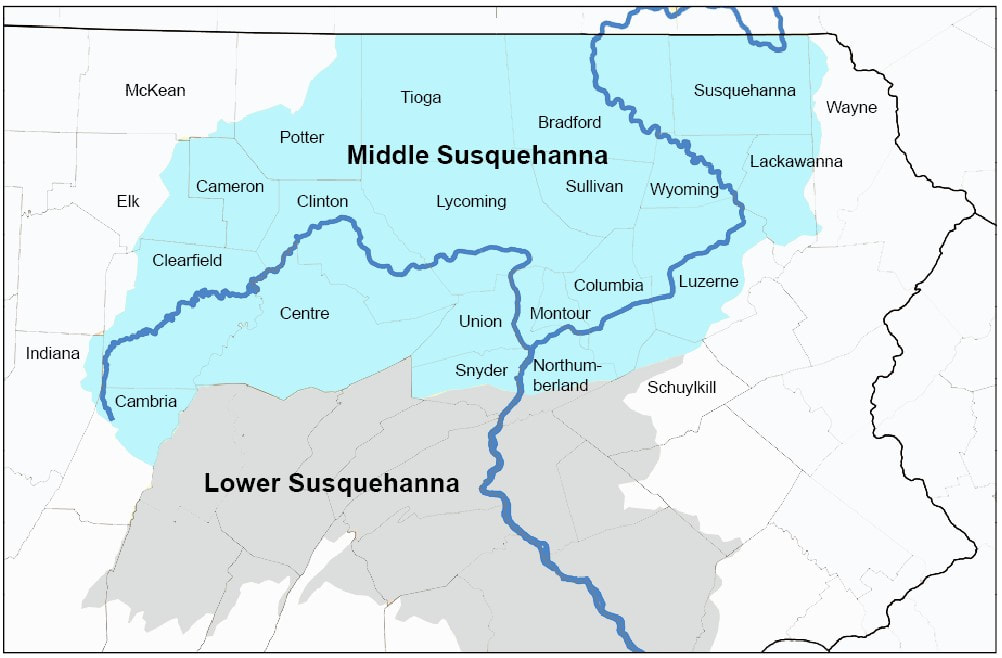|
The following report was compiled by Middle Susquehanna Riverkeeper Association intern Danielle Tryon, of Susquehanna University. “The most precious commodity in the county, commonwealth, US, and world is fresh clean water," said John Levitsky, watershed specialist at the Luzerne County Conservation District. "We all live upstream or downstream of someone and it is critical for everyone to work together as a community to better the watershed. One person can’t do it all but if we all join hands as a community, we can protect our waterways for drinking, fishing, swimming and boating." In an effort to keep everyone on the same page to protect the Chesapeake Bay and the waterways that feed her, county conservation districts throughout the Susquehanna River watershed have been working on Countywide Action Plans (CAPs) which “provide an opportunity for everyone involved to learn more about their local waters and … outline how to achieve local clean water goals in a way that fits with local priorities,” according to the state's Department of Environmental Protection (DEP).  Sourced from Chesapeake Bay Program. Sourced from Chesapeake Bay Program. For approval of their CAPs, county conservation districts must meet with local stakeholders, including, but not limited to municipalities, farmers, policy makers and environmental partners, and create a first draft and then a finalized draft to be submitted to the Environmental Protection Agency (EPA) for comment. The Middle Susquehanna Watershed is home to 23 counties. Most of these counties are in the drafting phase of their CAPs and the conservation districts have identified three main waterway issues hampering the quality of the water. Abandoned mine drainage (AMD) is a widespread issue throughout our watershed. AMD is any highly acidic surface or groundwater rich in heavy metals that is draining from an abandoned mine. Contaminants like this in the waterways are harmful to aquatic populations and in severe cases can create biologically dead zones. The other two main issues identified by CAPs within our watershed include sedimentation and nutrient runoff, both of which are associated with agriculture and logging. Sediments are loose clays, sands and silts that settle to the bottom of a water body. Although natural erosion creates some sedimentation, artificial erosion from construction, logging, and farming creates much more. Sediment pollution can create more severe flooding, inhibit aquatic organisms from seeing in the water, and alter the flow of water for aquatic life and recreation. Nutrient runoff in the watershed can be traced to agriculture, livestock and sewage, among other sources. Increased levels of nutrients such as nitrogen and phosphate from fertilizers and manure can greatly affect water quality, causing some organisms like algae to grow abundantly. As algae from the eutrophication decompose, dissolved oxygen in the water is depleted. In addition to increased bacteria counts, the lack of oxygen in the water can cause aquatic populations to die off. The countywide action plans are being written to address the waterway issues specific to each county. Many of the plans are using best management practices (BMPs), which have the potential to bring the community together to address issues affecting everyone. As citizens in the Middle Susquehanna Watershed, everyone has the ability to create change. Provided below in the county-by-county report are ways you can reach out and get involved. “We all need water, and it needs to be clean water," said John Dryzal, district manager at Cambria County Conservation District. "Steps that people do even around their own homes, connecting to municipal sewage, applying fertilizers and pesticides responsibly, all which helps to achieve the overarching goal of clean water." The CAP process has helped empower county conservation districts to work with a variety of others who have a vested interest in our aquatic resources. "The CAP is one big team effort," says Sean Levan, Bay Technician and District Manager at Montour County Conservation District. "We all have the same ultimate goal: Cleaning up the Chesapeake Bay." Middle Susquehanna Watershed Countywide Action Plans (CAP) |
AuthorsRiverkeeper John Zaktansky is an award-winning journalist and avid promoter of the outdoors who loves camping, kayaking, fishing and hunting with the family. Archives
July 2024
Topics |



 RSS Feed
RSS Feed